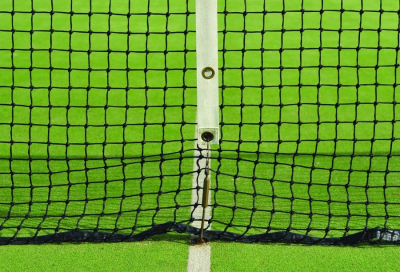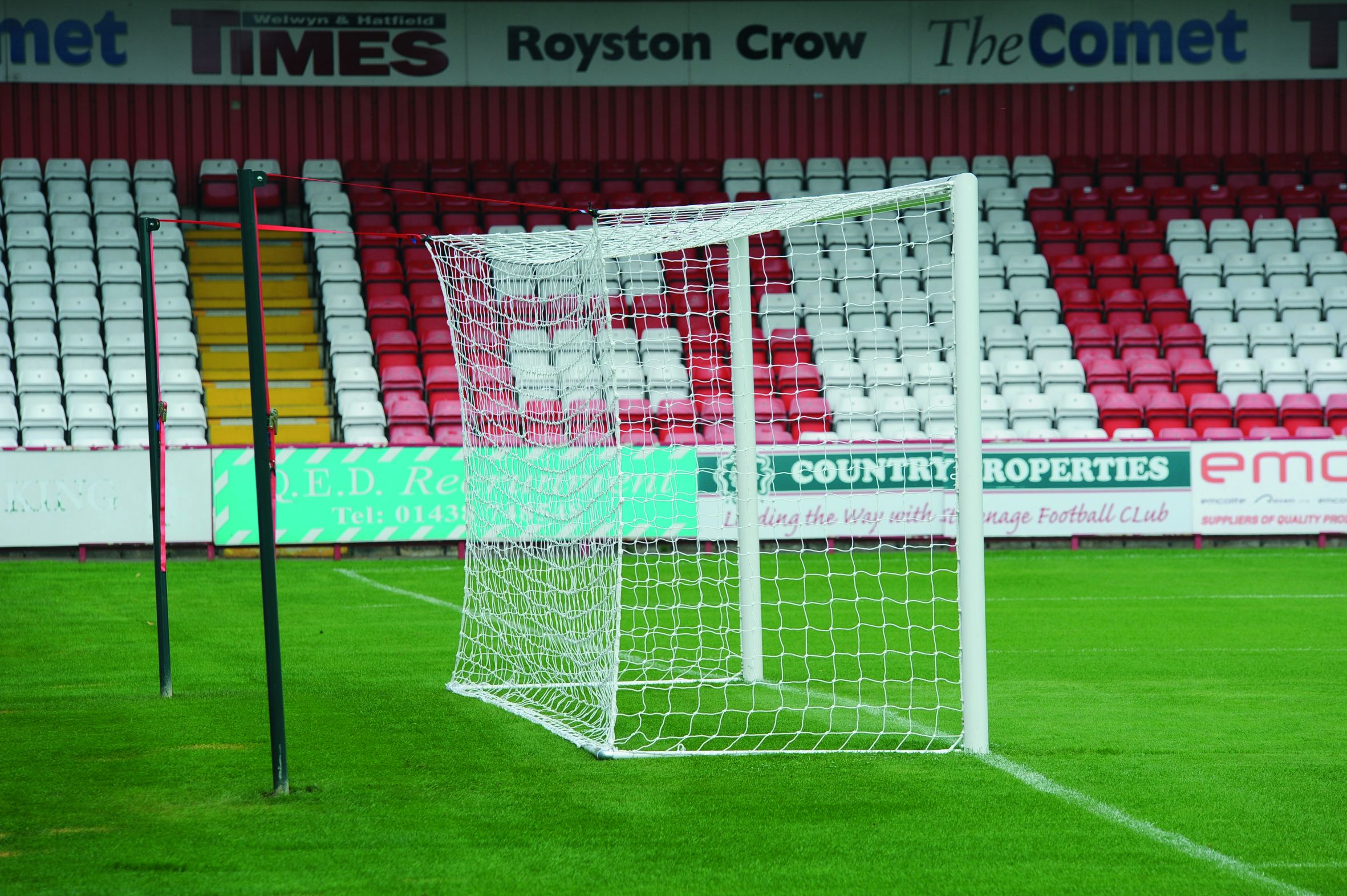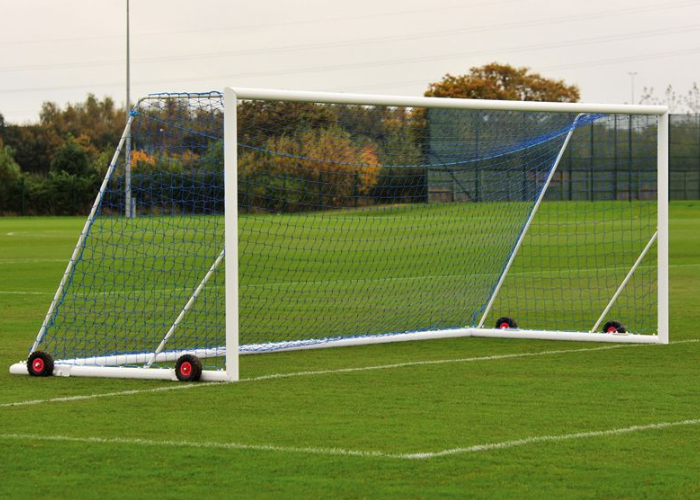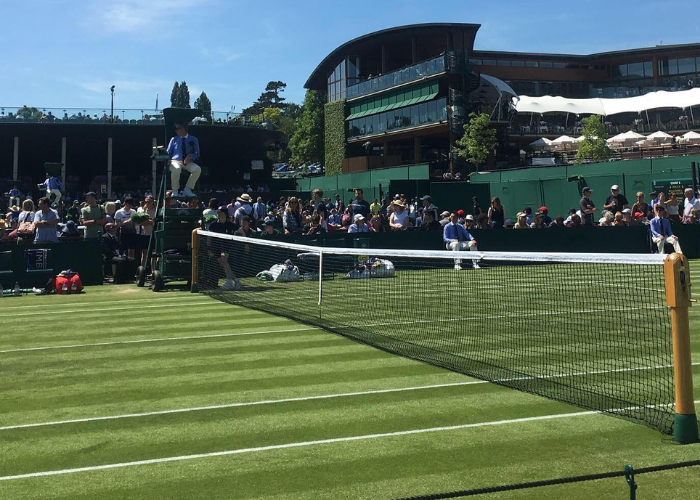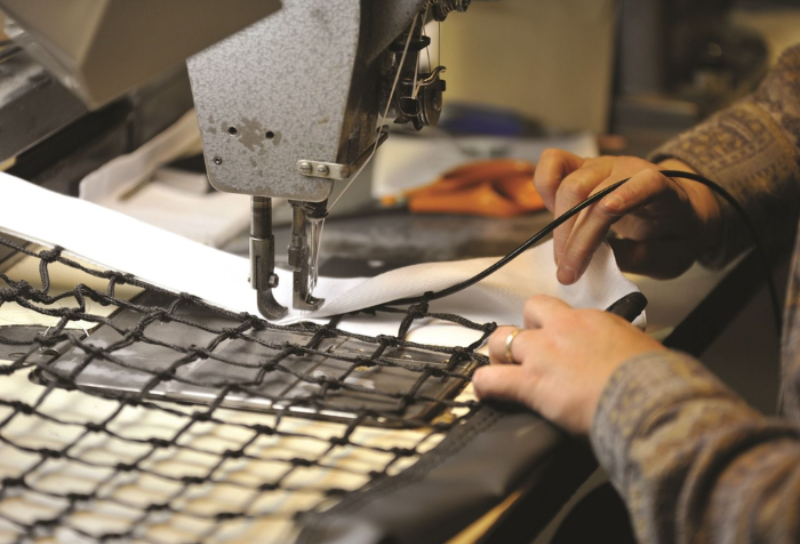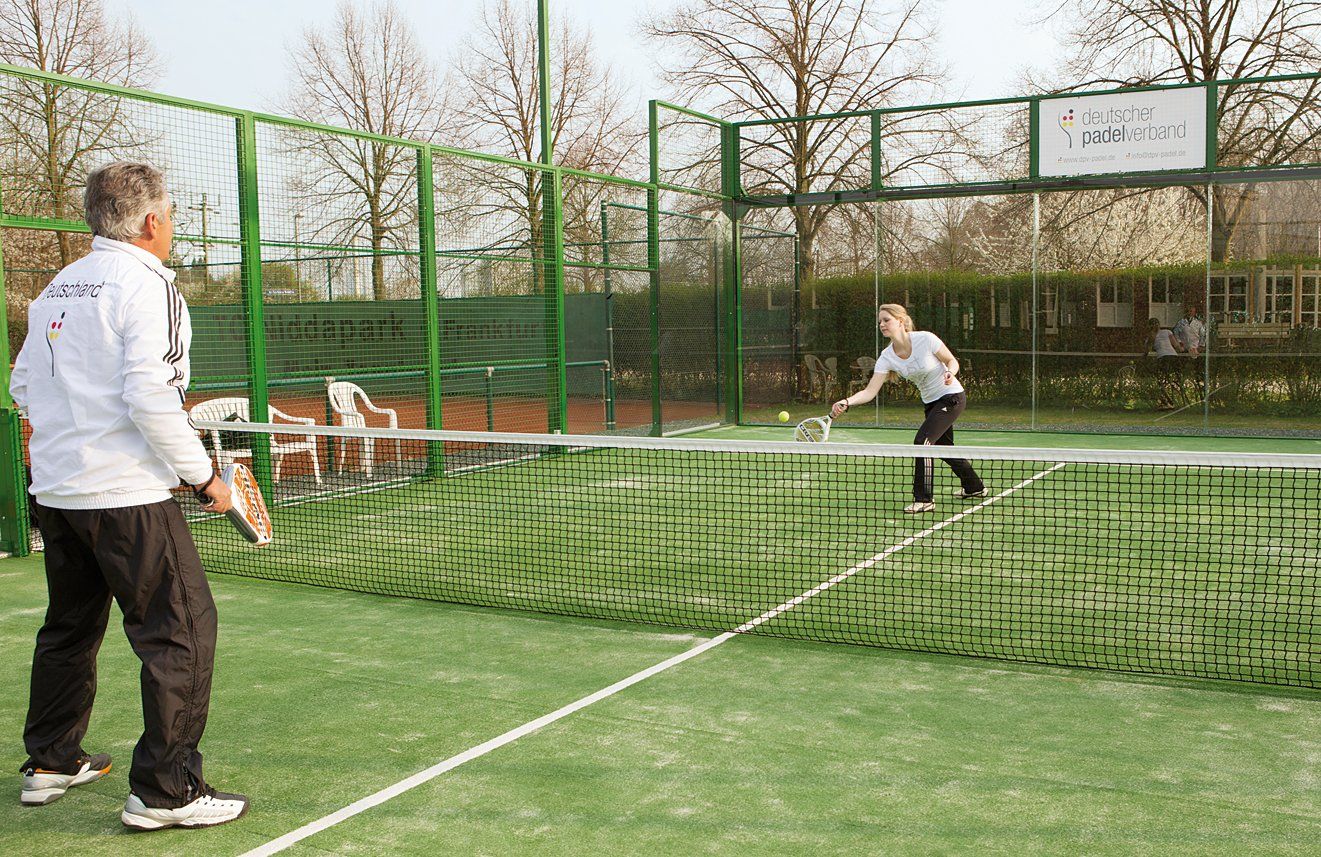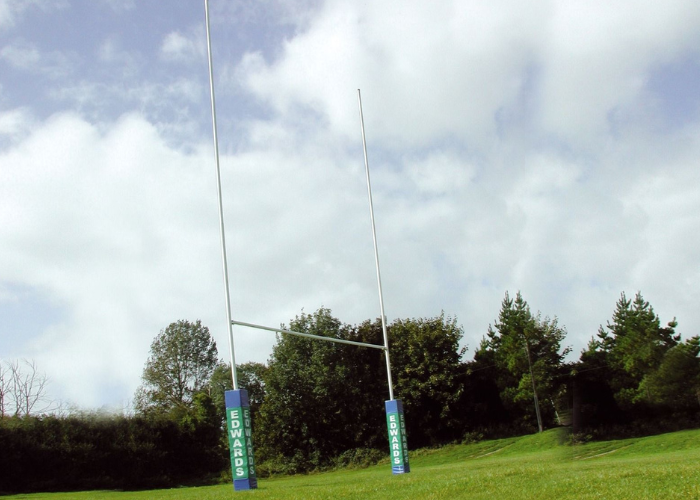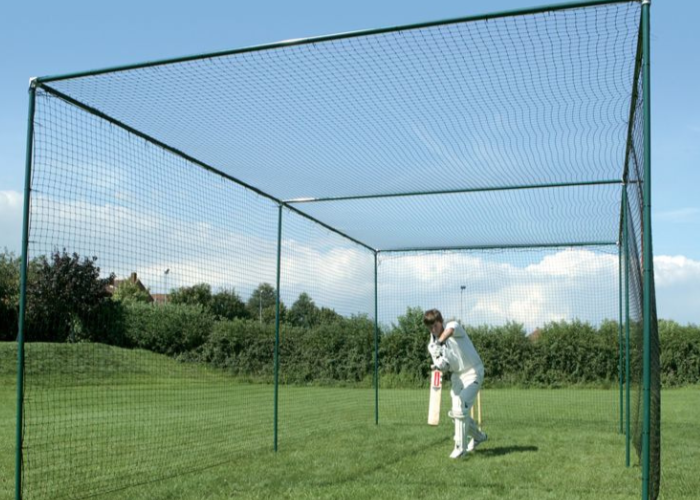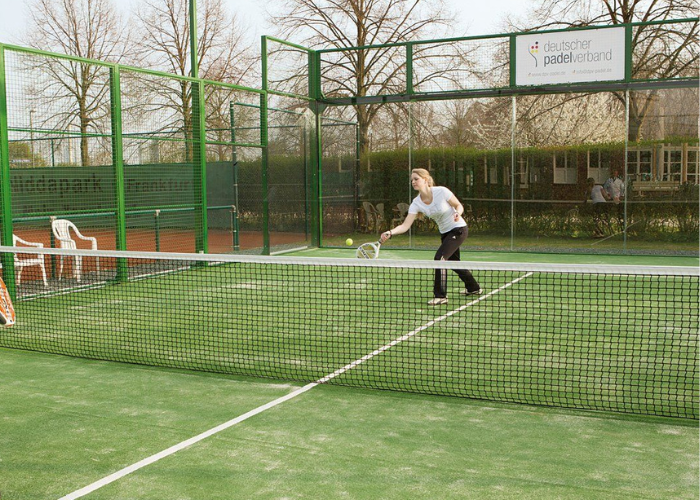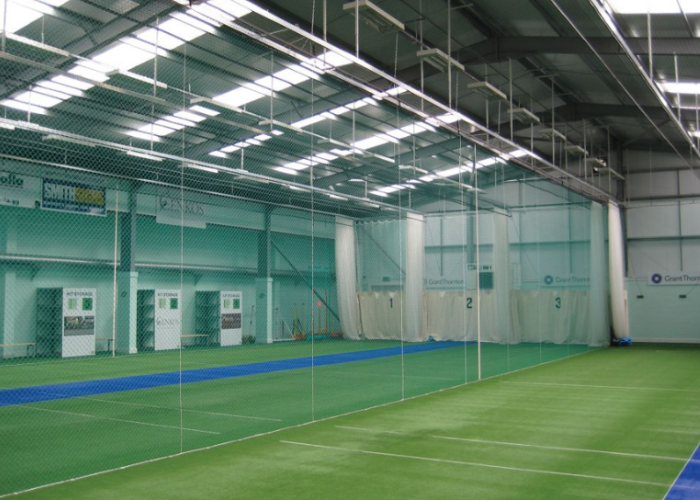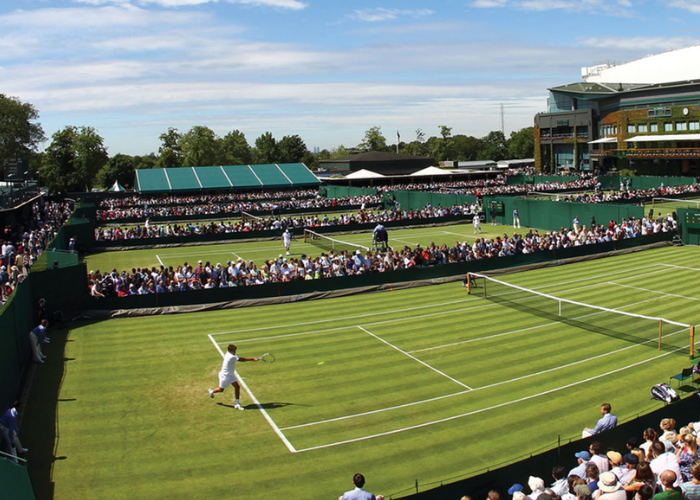We use cookies to make your experience better. To comply with the new e-Privacy directive, we need to ask for your consent to set the cookies. Learn more.
Why is a Tennis Net Lower in the Middle? & What is a Net Centre Strap?
- Admin
- Blog Posts
- 5 Jan 2024
-
221views
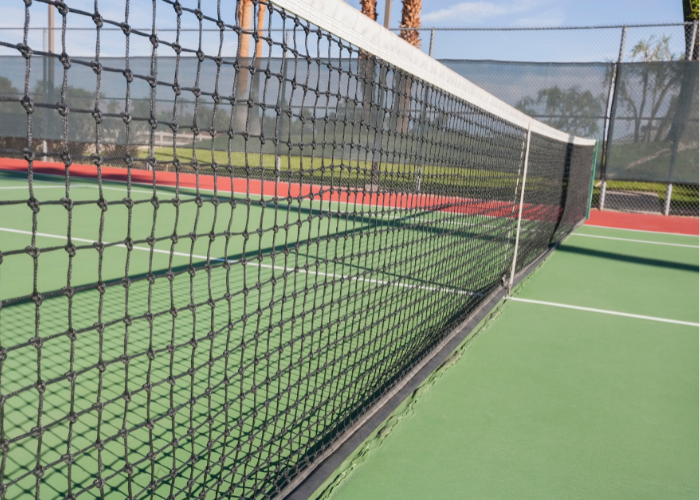
If you’ve ever been watching a match of tennis on TV or live on court, you’ve probably noticed that the tennis net dips in the middle – but why is that?
It’s not a sign of a poorly installed tennis net!
The net is supposed to have a bit of sag in the centre, so it’s something you’ll notice on any court. But why is this the case? And what role does a net centre strap play in all of this?
Well, stick with us as we explain why a tennis net is lower in the middle, and what a net centre strap does.
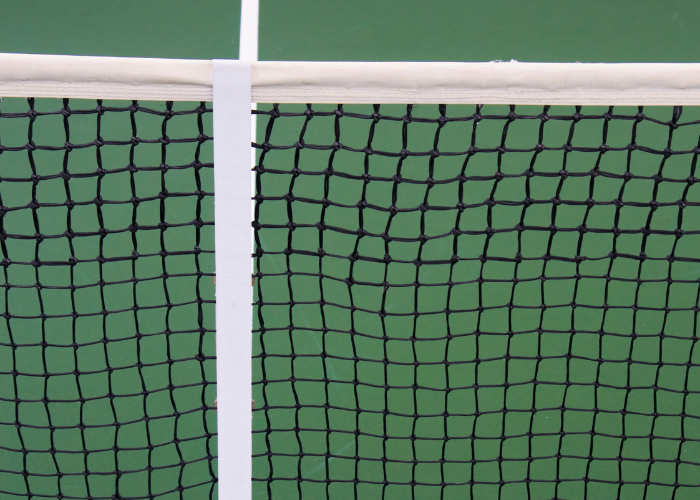
Why Does a Tennis Net Lower in the Middle?
A tennis net is designed to be lower in the middle primarily to ensure fair play during matches. The dip at the centre allows for a more dynamic game, facilitating better rallies and shot placements.
This sagging ensures that the net is taut at the ends, maintaining proper height regulations set by the International Tennis Federation (ITF).
The net centre strap plays a crucial role in achieving this required sag by anchoring the net at its midpoint, helping to maintain the correct tension and alignment in accordance with official rules.
How High Should a Tennis Net Be in the Middle?The official height for a tennis net in the middle is 3 feet (0.914 m). This measurement ensures that the net provides an appropriate challenge for players while adhering to the regulations set by the International Tennis Federation, contributing to a fair and competitive game. |
Why Is Net Height Important?
The height of a tennis net is fundamental in competitive matches, as it significantly influences gameplay dynamics and strategies.
In accordance with International Tennis Federation regulations, the net is set at a precise height of 91.4 cm (3 feet) at its centre, ensuring fairness and consistency across all matches.
This standard height empowers players to execute a range of shots, including volleys, groundstrokes, and serves, while testing their skills and precision. An excessively high net hinders players' ability to hit the ball effectively, resulting in an unbalanced game that may favour specific playing styles.
Conversely, a net that is too low simplifies the game and diminishes the skill level needed for competition.
What is a Tennis Net Center Strap Used For?
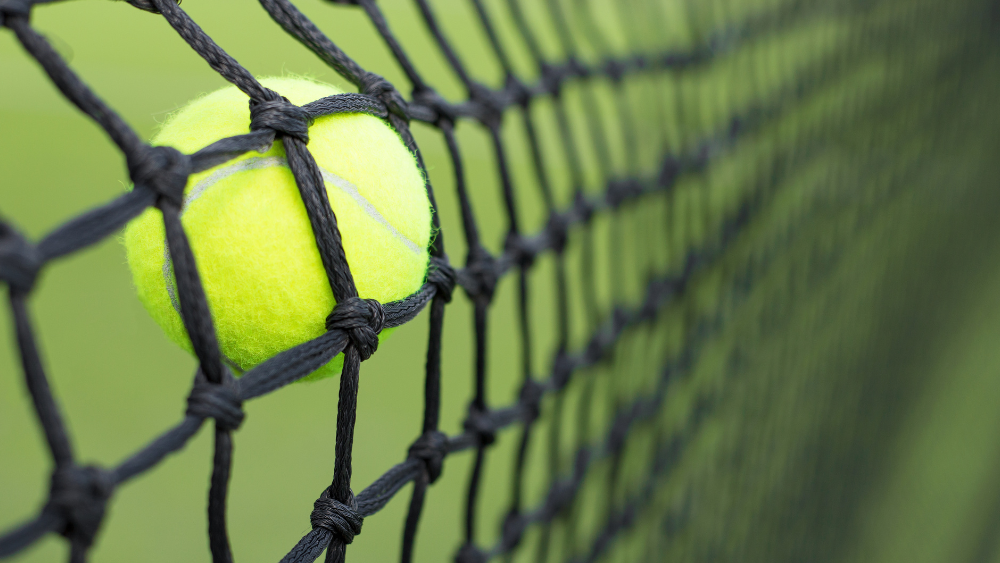
The adjustable straps play a crucial role in adjusting the height of the net to suit the tennis players and different styles of play and to adhere to ITF regulations when necessary.
These versatile straps can be easily tightened or loosened based on the desired level of tension required to keep the net at regulation height.
How to Correctly Install a Tennis Centre Strap
Different centre straps will have slightly different attachments, but they're all very similar.
For our guide to installing a tennis net centre strap, we'll use the Adjustable Tennis Net Centre Strap with Snap Buckle as a reference. This classic net strap is fully adjustable and is compatible with all regulation tennis nets.
Step 1: Purchase the Correct Centre Strap
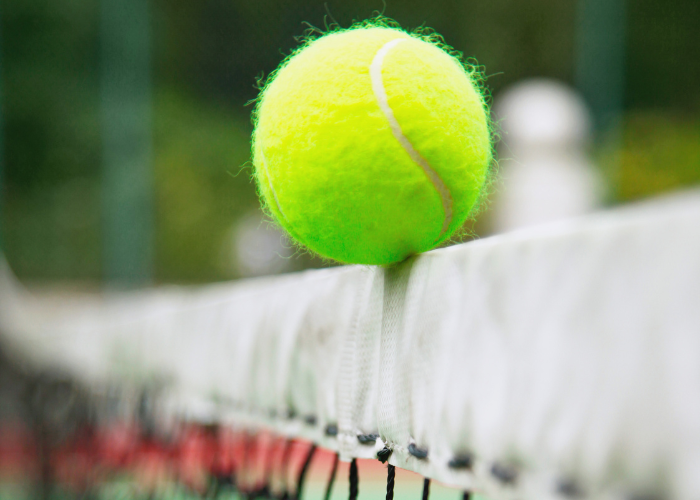
The first step in correctly installing a tennis net centre band is to make sure you purchase a strap suitable for your net and the court surface you'll be installing it on. When making your selection, consider factors such as the net's size, construction, and weight.
For example, our adjustable centre strap is suitable for all types of tennis nets thanks to its durable nylon construction and can easily be adjusted to keep your net at the regulation height for your tournament.
|
Some of the most common styles of tennis centre straps include:
|
If you're unsure about the right strap, our helpful team is always available to help you make the right choice.
Step 2: Identify the Centre of the Net
Start by identifying the exact centre of your tennis net. The centre is typically marked with white tape or a band either on the headband or at the bottom of the net.
If your net doesn't have tape or a band, you can measure halfway across the net from the posts. Make sure your net is fully installed before measuring for accuracy.
|
Note: As standard, our nets measure 42' for doubles and 33' for singles for reference. Knowing this can make measuring much easier. |
Step 3: Attach the Loop
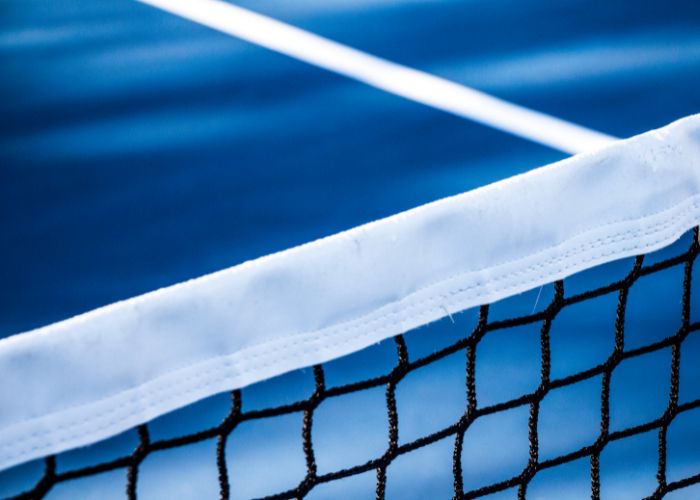
Slide the looped end of the strap through the bottom of the net at the centre point you identified. Ensure that the loop goes over the top and down through the net, creating a secure attachment.
Alternatively, if you have a strap that folds over the net, thread it through the mesh of the tennis net at the centre point.
When positioning the strap, it's important to make sure that it is straight. A wonky strap will not look great, which is especially important for high-profile competitions.
Step 4: Secure the Buckle End
Attach the other end of the strap to the anchor on the ground. This is commonly found directly below the net in the centre of the court.
If your court doesn't have an anchor fitted already, you'll need to install one. There are many professional companies that can do this to make sure it's dead centre.
It may also be worth investing in a centre strap that comes with all the fixtures and fittings, like our Centre Strap with Centre Band & Swivel & Hook.
Step 5: Adjust the Strap
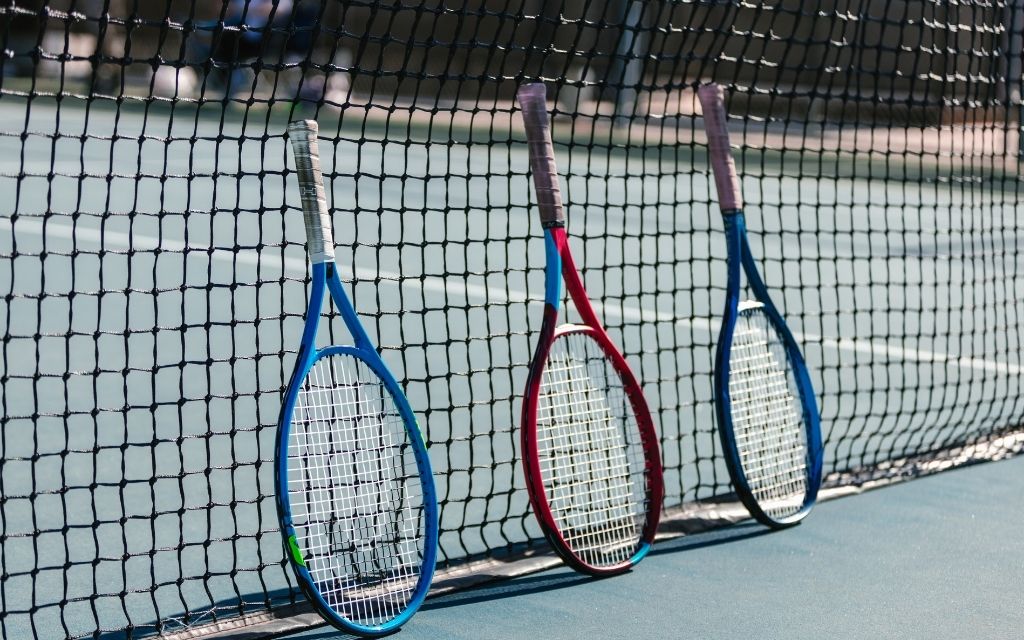
Once the strap is in position, you'll need to adjust it so that the net is at the correct height. According to ITF regulations, the centre of the net should be 91.4 cm (3 feet) from the ground.
|
Note: If you're attaching a centre strap for a practice session, getting these measurements exactly right isn't essential. But, practising with a regulation height net helps to improve a player's overall game, whether you're at a leisure centre or a professional club. |
Step 6: Check the Tension
To ensure the net remains taut during play, the strap should be securely fastened and the tension evenly distributed.
If the centre strap is too tight, it can affect the power and trajectory of shots that come off the net. If it's too loose, the net may move around or sag during play, which can cause serious problems if you're hosting regulation tournaments.
How to Maintain Your Tennis Net
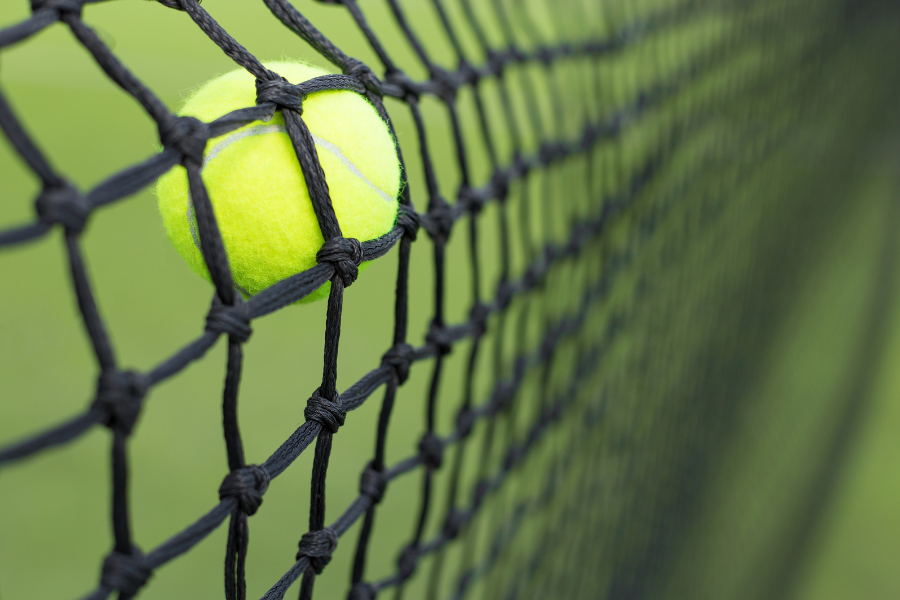
It's crucial to regularly inspect your tennis net and centre strap for any signs of wear or damage. This practice is essential to ensure the safety and longevity of your tennis equipment.
If you happen to notice any wear or damage, we highly recommend that you promptly replace the affected parts to protect your nets and prevent the equipment from failing at crucial moments.
Proper installation and ongoing maintenance of your tennis net will not only guarantee an enjoyable game but also enhance the overall experience for spectators and players.
Find High-Quality Tennis Net Accessories at Edwards Sports
At Edwards Sports, we're proud to offer a wide selection of high-quality tennis net accessories. Our collection features various tennis net centre straps designed to improve the professional look of your club's or school's tennis courts while ensuring durability by preventing sagging over time.
With our professional-grade products, you can enhance the experience of players and spectators and your tennis club, school, or leisure centre.
Make sure your net adheres to ITF regulations with our range of professional centre straps and other court fixtures and fittings.
FAQs
How Frequently Should the Centre Strap Be Inspected?
Regular inspections are crucial for the safety and longevity of your equipment. While there is no specific time frame, it's good practice to inspect your tennis net and centre strap before and after each game.
How Do You Adjust a Tennis Net Strap?
To adjust a tennis net strap, locate the adjustable buckle and either tighten or loosen it to maintain the net's height at the ITF standard 91.4 cm (3 feet) at the centre. Regular adjustments ensure the net remains taut and compliant during matches, enhancing gameplay quality.
Can You Lower a Tennis Net?
Yes, a tennis net can be lowered, but it must comply with ITF regulations. Adjust the centre strap accordingly to ensure the net maintains a height of 91.4 cm (3 feet) at the centre for fair gameplay. Lowering a net can be beneficial for younger players and amateurs.
Does a Wimbledon Net Sag in the Middle?
Yes, a Wimbledon net does sag slightly in the middle despite the attachment of the centre strap. This sag is due to the effect of gravity on the net. Realistically, there's no amount of tension that can be applied to the net to prevent a slight sag in the middle. This sag is normal and acceptable as long as it doesn't drop below ITP regulations for competitions.










